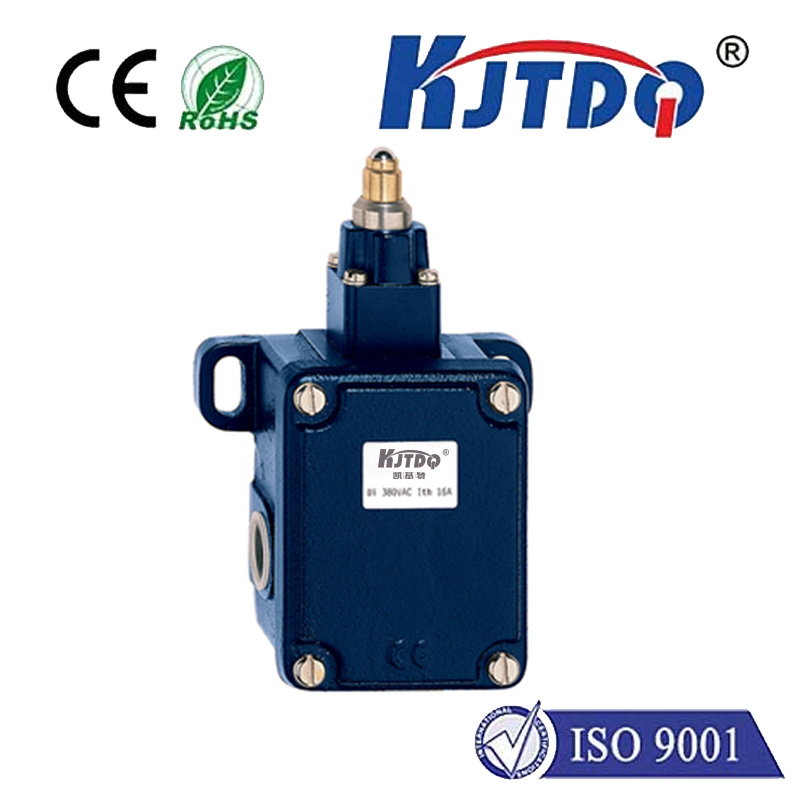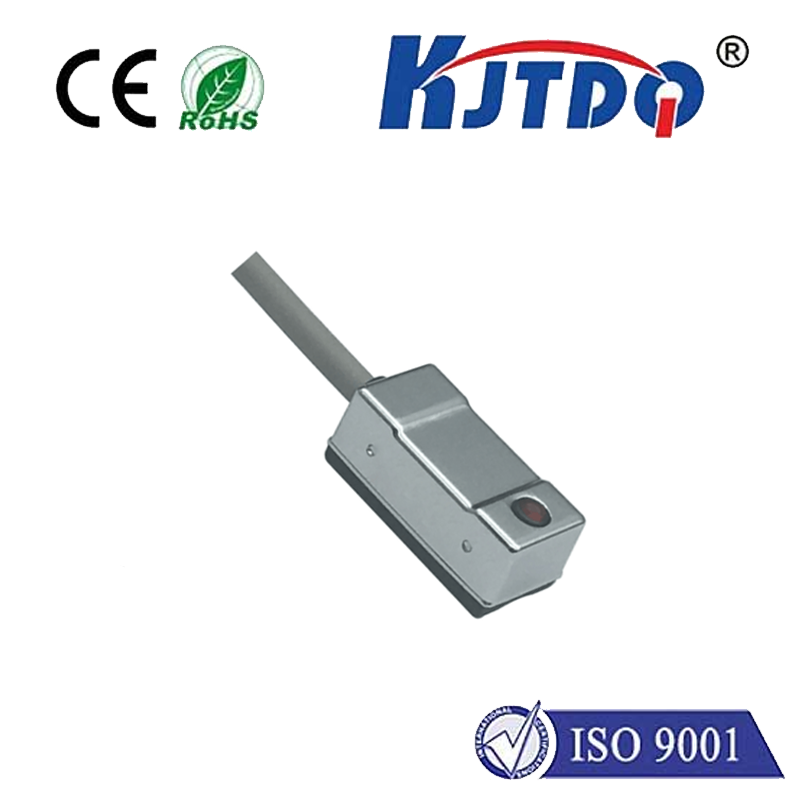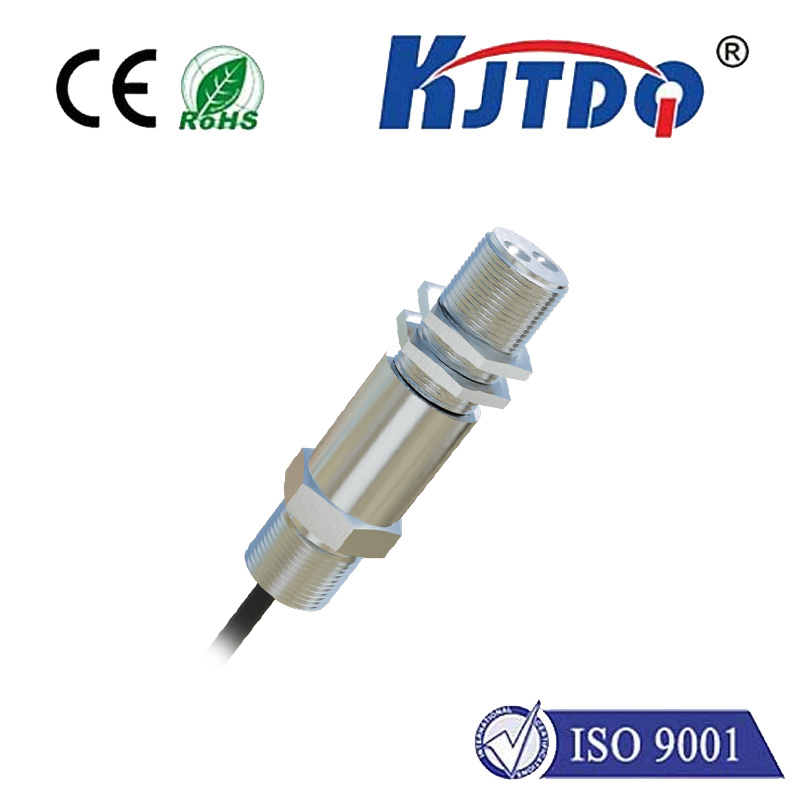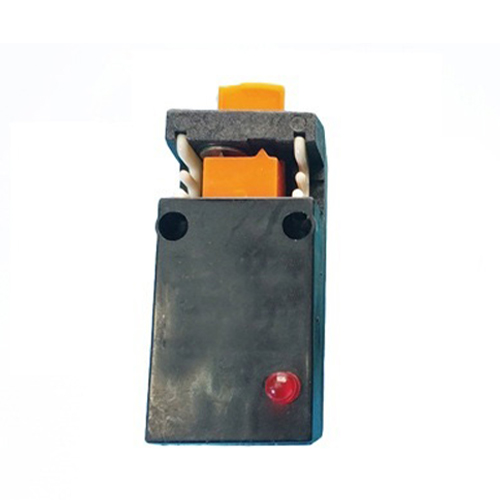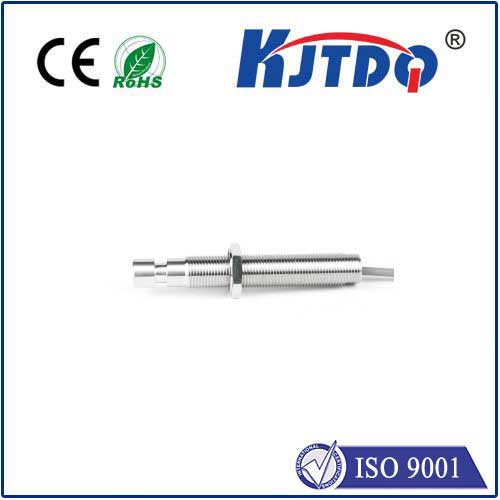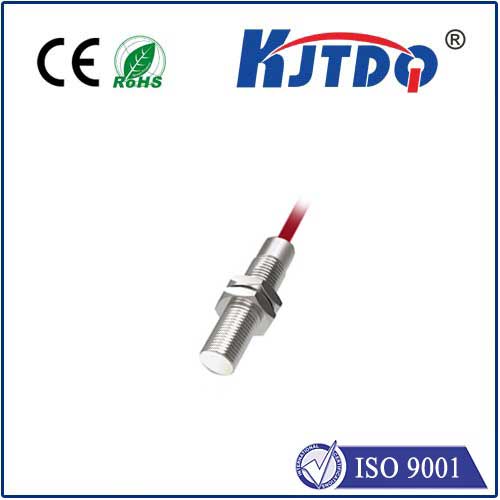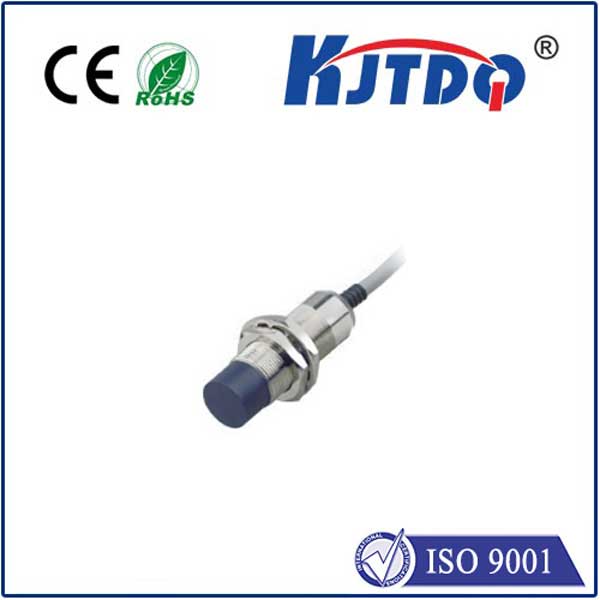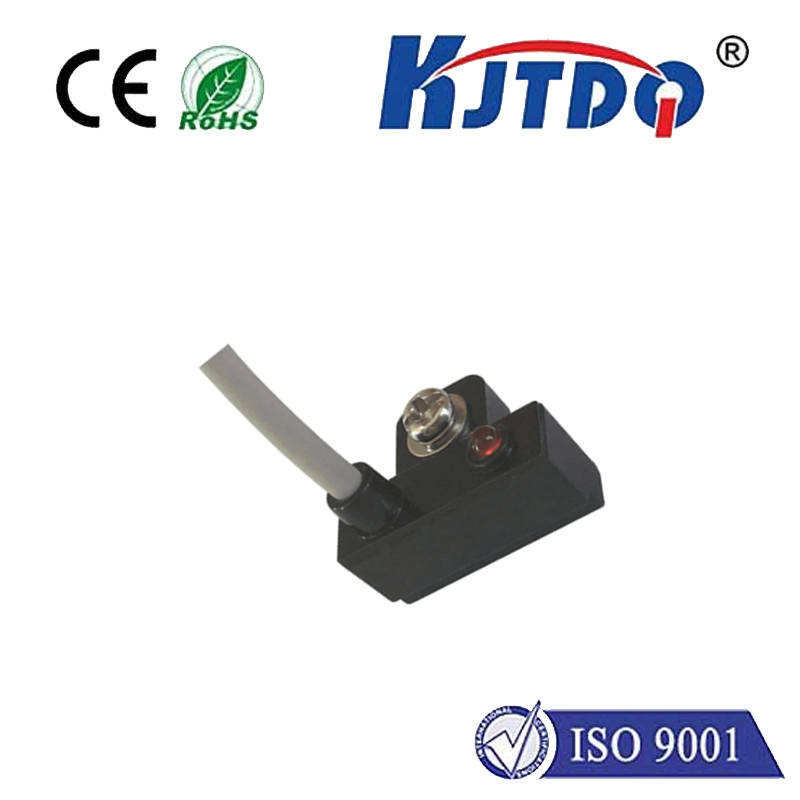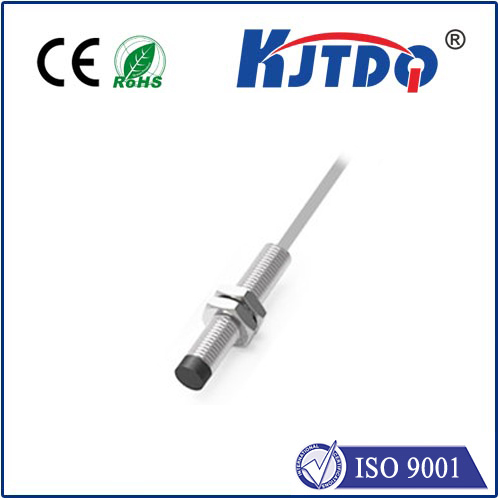

check

check

check

check

check

check

check

check

check

check
Limit Switches and Proximity Switches: A Comparative Study
Introduction:
In the world of automation and control systems, limit switches and proximity switches are two essential components that play a vital role in monitoring machine operations. These sensors are designed to detect the presence or absence of an object, triggering specific actions based on predefined conditions. This article will delve into the differences between limit switches and proximity switches, discussing their unique characteristics, applications, and advantages.
Limit Switches:
A limit switch is a type of sensor that is used to detect the physical position of an object. It consists of an actuator mechanism, typically a lever or roller, which comes into contact with the object being monitored. When the object reaches a certain point, the actuator activates a set of electrical contacts within the switch, sending a signal to the control system. Limit switches are available in various configurations, including normally open (NO) and normally closed (NC) types, allowing them to be customized for different applications.

Proximity Switches:
Unlike limit switches, which require physical contact with the object being monitored, proximity switches operate without any physical contact. They use electromagnetic fields or sound waves to detect the presence of an object within a specified range. Proximity switches come in three main types: inductive, capacitive, and ultrasonic. Inductive proximity switches use an oscillating magnetic field, while capacitive switches rely on changes in electrical capacitance caused by the presence of an object. Ultrasonic proximity switches utilize high-frequency sound waves to detect objects.
Applications:
Both limit switches and proximity switches have widespread applications in industries such as manufacturing, robotics, packaging, material handling, and more. Limit switches are commonly used for end-of-travel detection, ensuring that machinery stops at specific points to prevent damage or accidents. They can also be employed for counting objects passing through a conveyor belt or monitoring door positions. On the other hand, proximity switches are ideal for detecting the presence or absence of objects without making physical contact, making them suitable for applications where contamination or wear and tear may be concerns. They can be used to detect the level of liquids or granular materials in tanks or hoppers, as well as monitor product flow in production lines.
Advantages:
Limit switches offer several advantages over proximity switches due to their simplicity and reliability. Since they operate based on physical contact, they provide accurate detection without the risk of false triggering caused by external factors such as temperature fluctuations or electromagnetic interference. Additionally, they are generally less expensive than proximity switches and require minimal maintenance. However, their need for physical contact means that they may wear out faster and potentially cause damage to the objects being monitored.
Proximity switches overcome some of the limitations associated with limit switches by offering non-contact detection capabilities. This feature makes them ideal for applications where cleanliness or safety is a concern, such as those involving hazardous materials or sensitive products. Moreover, proximity switches can detect objects made from non-metallic materials like plastics or glass, which might not trigger a limit switch. Nevertheless, they can be more complex and costly compared to limit switches and may require additional setup or calibration efforts.
Conclusion:
Limit switches and proximity switches serve distinct purposes in industrial automation and control systems. While limit switches provide reliable physical detection at a lower cost, proximity switches offer non-contact detection capabilities suitable for specific applications. By understanding the unique characteristics and advantages of each type of sensor, engineers and designers can make informed decisions when selecting sensors for their projects.
